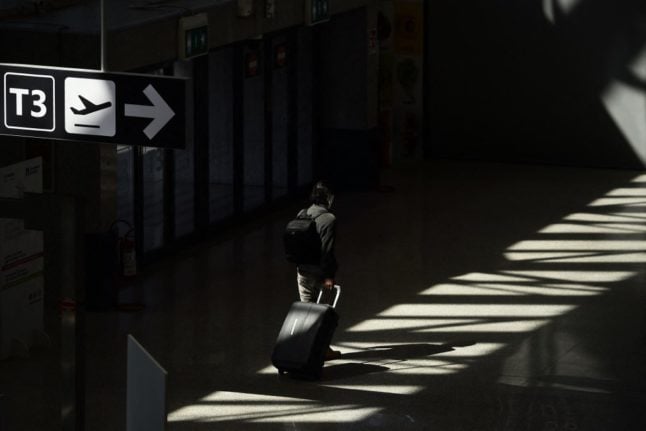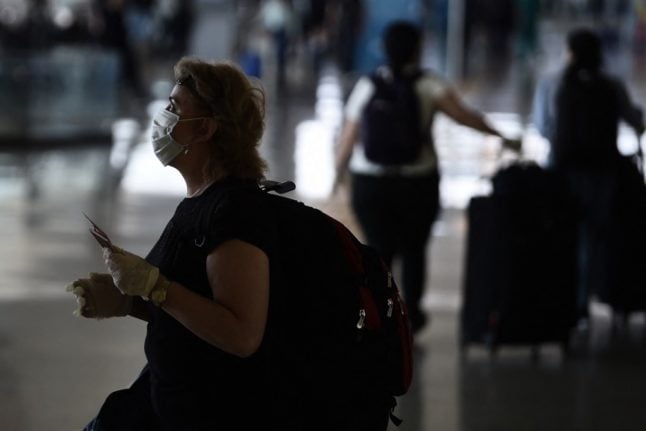The quarantine requirement for travellers from the European Union or Schengen Zone will remain in place until at least May 15th, according to the Italian Health Ministry.
The health minister signed a new ordinance on Thursday extending the rules currently in place for arrivals from European countries, who must take a coronavirus test and self-isolate for five days.
The ordinance also tightened the rules for arrivals from coronavirus-hit India, Bangladesh and Sri Lanka.
First introduced on March 31st, the quarantine rule for EU travellers has now been extended three times amid still-high case numbers in Italy and other European countries.
It requires people arriving from any other member of the EU or Schengen Zone to test negative for coronavirus no more than 48 hours before arriving in Italy, then spend five days in quarantine regardless. They must then take another test after self-isolating.
EXPLAINED: Which travellers have to quarantine in Italy and for how long?

There had been hopes that the government may announce a relaxation of the travel rules this week, as the health ministry’s last ordinance set travel restrictions in place until April 30th.
Tourism within the EU remains possible under Italy’s international travel restrictions, but is discouraged by the Italian Foreign Ministry which urges people to avoid any overseas trips unless absolutely necessary.
Find the latest official information about the current restrictions on travel to Italy on the Foreign Ministry’s website here. (in English).



 Please whitelist us to continue reading.
Please whitelist us to continue reading.
Member comments